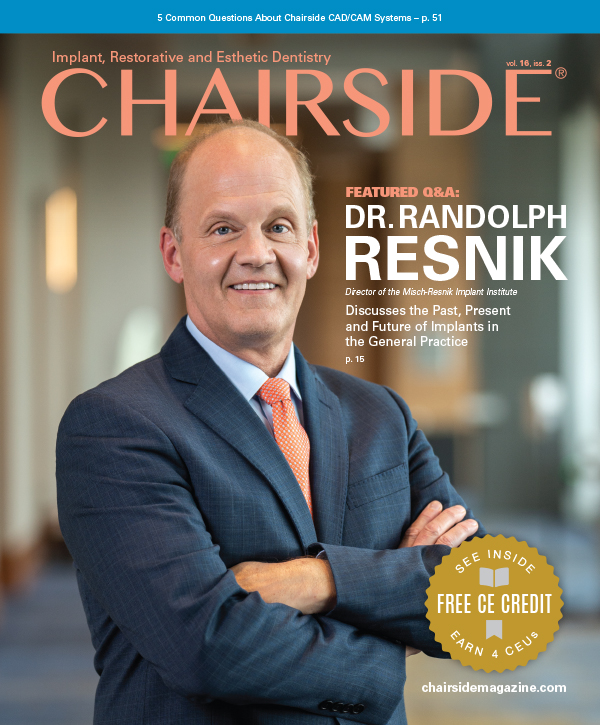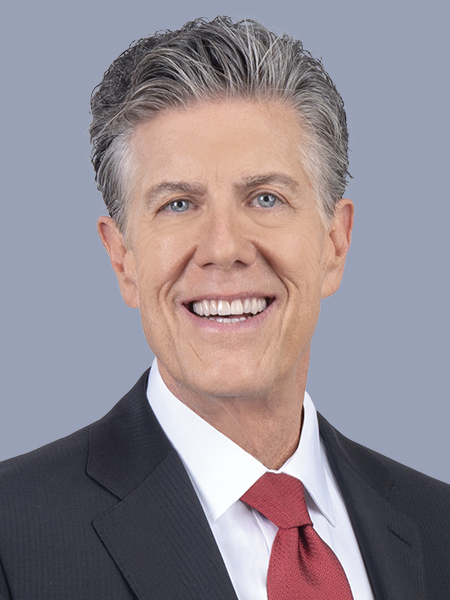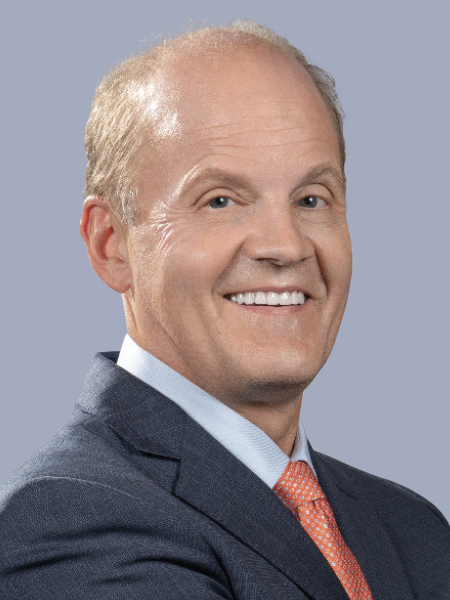Interview with Randolph Resnik, DMD, MDS

Over the past 30 years, Dr. Randolph Resnik has earned his reputation as a renowned educator, clinician, author and researcher in the field of oral implantology. As the director of the Misch-Resnik Implant Institute (formerly the Misch International Implant Institute), he has helped thousands of doctors gain the skills needed to succeed in implant dentistry. He remains as passionate as ever about the field of implantology, as well as the importance of general practitioners gaining a solid educational foundation in order to provide this life-changing service to their patients. In this interview, Dr. Resnik describes the evolution of implant dentistry from the beginning of his decades-long partnership with Dr. Carl Misch, what he recommends for doctors interested in implant dentistry, and the bright future he sees for implantology.
DR. NEIL PARK: Let’s start at the beginning. What brought you into dentistry?
DR. RANDOLPH RESNIK: My father was a prosthodontist who lectured all over the country, and I worked in his lab when I was in grade school. So I have a vast background of dentistry just from my father. My goal was to always follow in his footsteps — and that’s basically what I did.
NP: Is that why you ended up going into prosthodontics?
RR: When I was a student at the University of Pittsburgh School of Dental Medicine, I completed various fellowships in maxillofacial prosthetics and surgery. So before graduating, I had to decide whether to pursue prosthetics or surgery. It was at this point that I met Dr. Carl Misch, who introduced me to what was at that time a largely unknown modality of dentistry: oral implantology. At the University of Pittsburgh, Dr. Misch pioneered an implantology fellowship, which required a prosthetics residency. Therefore, choosing to go into prosthetics was a no-brainer.
NP: What was Dr. Carl Misch’s relationship to the university?
RR: Carl was amazing. He had a huge practice in Dearborn, Michigan, yet he flew into Pittsburgh once a week for this prosthetic residency. He did that for four years, and he lectured all over the world on weekends. He never stopped.
NP: What do you think motivated him to pursue that credential and additional training even though he was already a well-established practitioner and lecturer?
RR: Well, he was really at the forefront of implant education — the Misch Institute was basically the first institute that trained doctors in implantology. And he felt that, by getting specialized training and then starting his own implantology fellowship, he would be able to put implant dentistry on the map. Dr. Misch dedicated his life to this profession. And we would not be where we are today without him.
This was in the late 1980s, and most people in the profession thought implantology would never last. I will never forget my father after watching me do my first sinus lift — he thought I had gone to the “dark side.” Not many people believed in this modality, and they certainly did not think it would last.
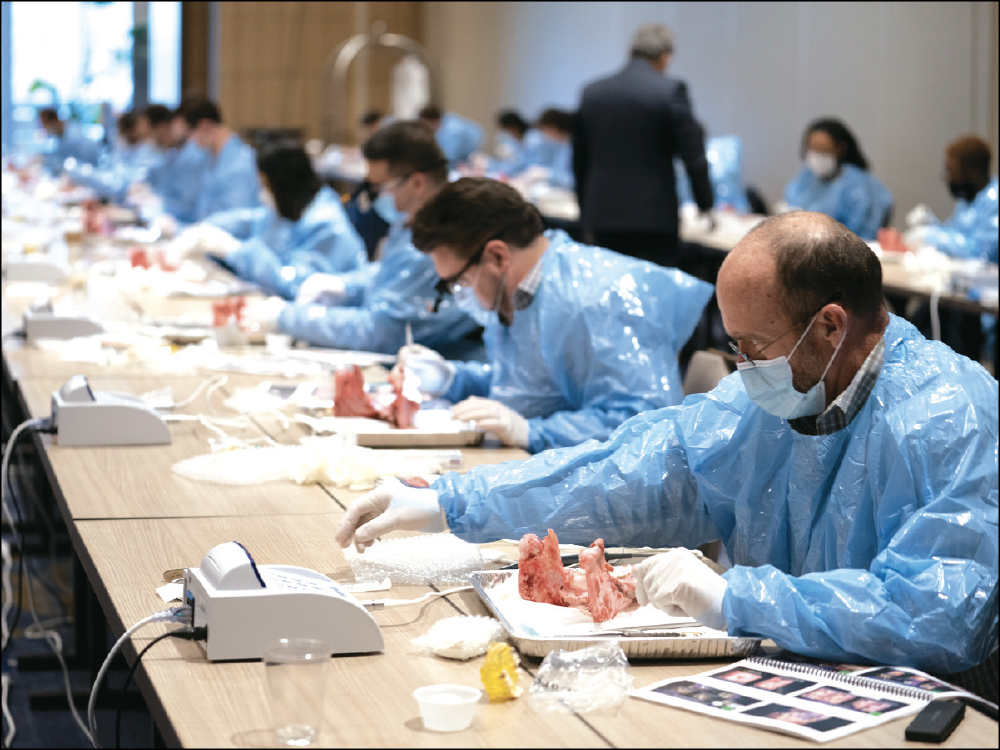
Misch-Resnik Implant Institute courses often allow students to practice atraumatic extraction and bone grafting using pig jaws.
NP: So tell me a little bit about the founding of the institute. What was the training like when you and Carl first started?
RR: We conducted the training in his Dearborn office. The average course consisted of approximately 10–15 doctors — mainly periodontists and oral surgeons. Much of the institute’s focus back then was on root-form implants, blade implants, mandibular and maxillary subperiosteal implants, and block grafting. Today, we offer five surgical program sessions and three prosthetic program sessions. So the curriculum of the Misch Institute has come a long way.
NP: What is the profile of students who begin your institute’s program?
RR: In the institute’s early days, we would see doctors who had a lot of experience. A lot of them were specialists who had very good surgical skills but very limited prosthetic knowledge, so we would get them up to speed on prosthetics. Now, we’re seeing a lot of doctors who are coming out of dental school with little implantology experience because they haven’t really been exposed to dental implants. It’s so difficult in dental school now just to get through the regular curriculum, let alone learn topics like oral implantology. So, when I look at a cross section of our attendees right now, a lot of them are just out of school and have had very minimal exposure to implants. What keeps me going is watching these doctors blossom into very successful practitioners. I always try to get our doctors to send me their cases — and I’m just amazed by what many of them are doing.
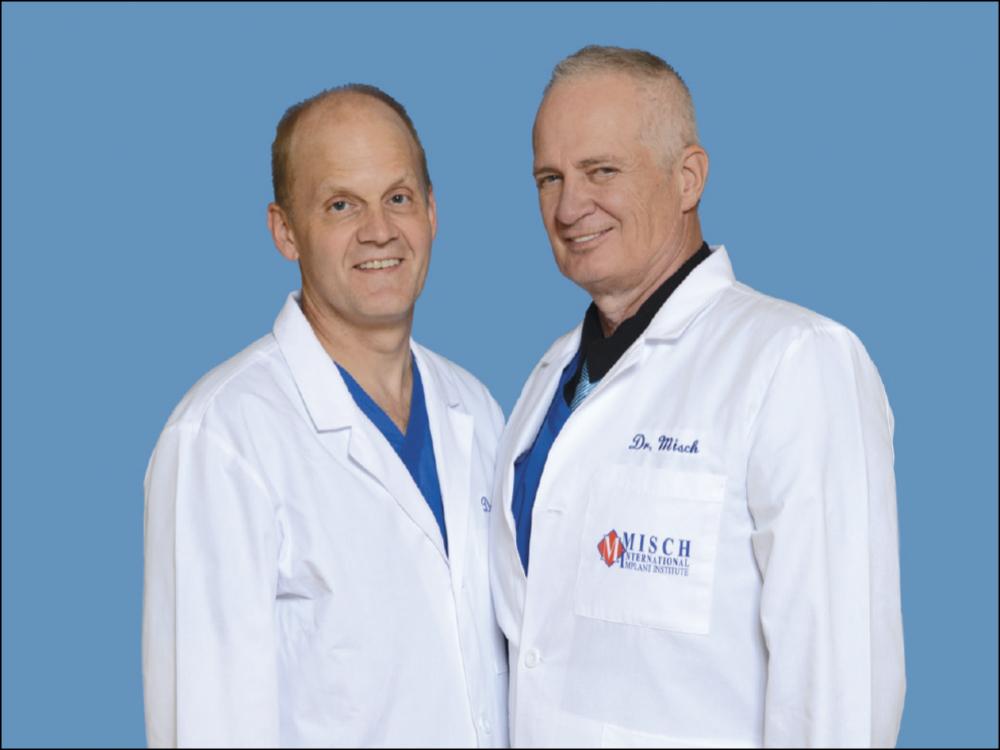
Drs. Randolph Resnik and Carl Misch worked together from the early days of the Misch-Resnik Implant Institute up to Dr. Misch’s death in 2017.
NP: You’ve no doubt kept statistics over your many years of teaching. Does the training work? Do institute graduates become successful with implants in their practices?
RR: Yes. A few years ago, we did a survey to find out how many of our graduates were engaged in implant dentistry. We found that over 98% of our doctors place implants and 97.1% perform bone grafting procedures. Seeing those statistics is wonderful — and it’s proof that the program is working.
Many of the doctors who have come through the institute over the years have gotten tired of “drill and fill” procedures that are so common in a general practice. We give these doctors the tools to take their practice to the next level and offer services that are so rewarding. I can’t tell you how many doctors have told me that their implant education has changed their lives and practices. Many doctors who previously thought about retirement now never want to retire. It’s a great discipline of dentistry, and I believe everyone should be doing it because it is so rewarding.
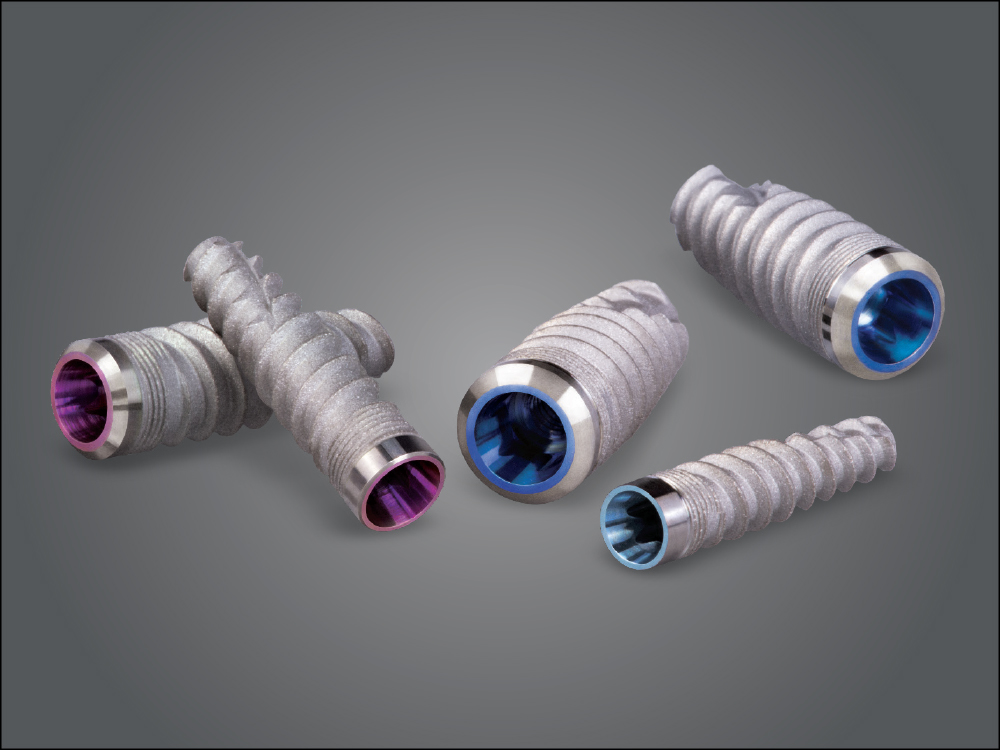
For doctors looking to provide implant dentistry, Dr. Resnik recommends adopting an implant system with an easy-to-use protocol such as the Hahn Tapered Implant.
NP: Other than the importance of case selection, what are some of the keys to success for someone who’s gotten the training and wants to get started in their practice with implants?
RR: First of all, you need to have an implant system. In the past, many doctors who went through our program would put off buying a system due to the cost — so they often were never able to take that first step. When we became affiliated with Glidewell, however, we were able to offer our doctors an inexpensive system, and it was very cost-effective. Now, doctors are able to purchase a bundle that includes a motor, a large inventory of Hahn™ Tapered Implants (Glidewell Direct; Irvine, Calif.), and the Hahn surgical and prosthetic kits at a very reasonable price. And I’ve designed the curriculum so that every session leads into the next. For instance, doctors who participate in our first session will learn about socket grafting, atraumatic extraction, and single- and multi-unit restorations, so they’ll be able to add all those procedures to their arsenal. But if they don’t adopt an implant system, they’ll never get started.
NP: Can you talk about some of the changes in the evolution of componentry? Instruments and components have certainly come a long way since you began practicing implant dentistry.
RR: In the early days of implantology, most of the available implants were made with longevity and prosthetic loading in mind — more so than surgery.
Today, implants are much easier to surgically place. This is especially the case with the Hahn Tapered Implant — it’s the easiest implant I’ve ever used. In the early days of implantology, no one would have ever guessed that the best implant would be a tapered screw with platform switching. Dr. Jack Hahn really dedicated his life to the design of this implant, and with the help of Glidewell, he took it to the next level. Now, we almost never hear from doctors who, have difficulty placing implants — they’re that user-friendly.
NP: How about on the restorative side? There’s so many new ways of restoring implants, such as CAD/CAM custom abutments. What have you seen that’s really changed the success rates and outcomes for restorative implants?
RR: The easiest way to answer that question is to do the Glidewell laboratory tour. After I took that tour about a decade ago, I realized that it all starts with the laboratory. And it’s so crucial to have a great research and development department. I don’t think it can be overstated how much Jim Glidewell, you, and the team at Glidewell have been at the forefront of digital dentistry and material development. Probably the biggest change that I have seen in dentistry is the emergence of BruxZir® Zirconia — it’s an unbelievable material that doesn’t have the complications that came with, say, an acrylic hybrid prosthesis. It has definitely changed implant dentistry.
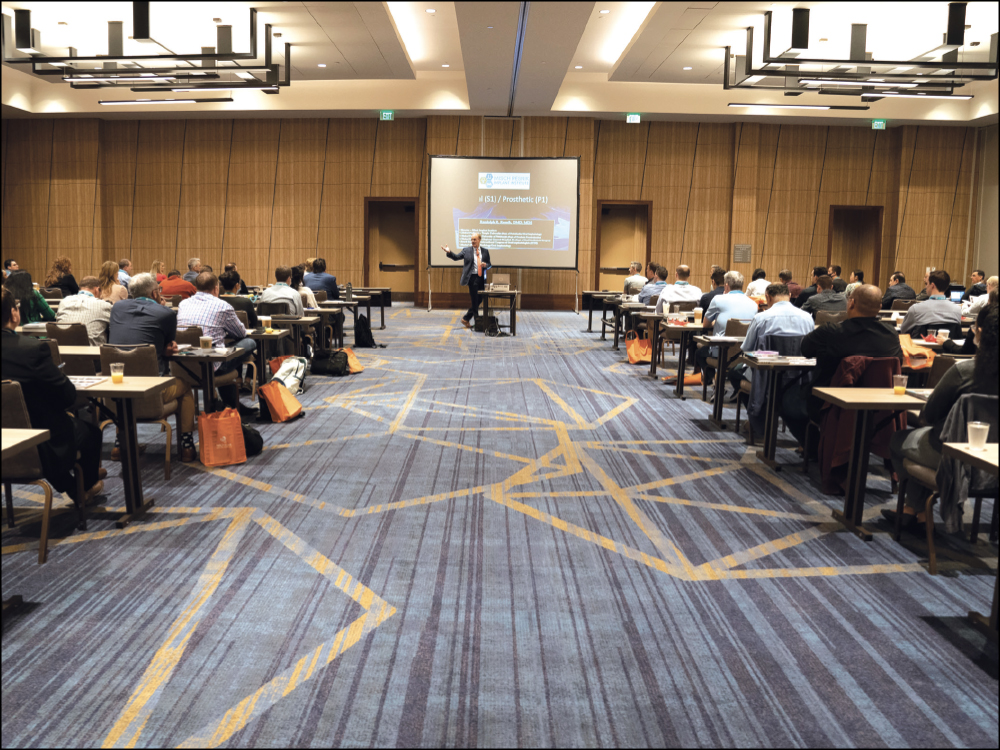
According to Dr. Resnik, over 98% of Misch-Resnik Implant Institute graduates place implants and 97.1% perform bone grafting procedures.
NP: Where do you see the future of implantology? When you and I started, most implants were placed by specialists. Now GPs are placing probably 60% or 70% of the implants. Where are we headed with this?
RR: According to a 1999 study, only 7% of implants in the U.S. were placed by general dentists. However, over the last two decades, I’ve seen general dentists become more active in implant dentistry, and I think that trend is going to continue. I believe the days of general dentists not participating in implantology are over — practitioners now must be involved in the prosthetic side of implant dentistry at the very least.
It helps that implant procedures have become very, very easy. One procedure that has come a long way is bone grafting. Decades ago, when we had deficient bone, either we told the patient they weren’t a candidate, or we did a block graft from the patient’s chin or symphysis. Today, new bone substitutes and techniques make regenerating new bone very predictable. It’s just a matter of selecting the right case and knowing the correct protocol. And it’s become very rewarding — a lot of doctors send me “before and after” photos of cases they’ve completed, and they’re just amazing. I’m so glad these doctors are able to change people’s lives.
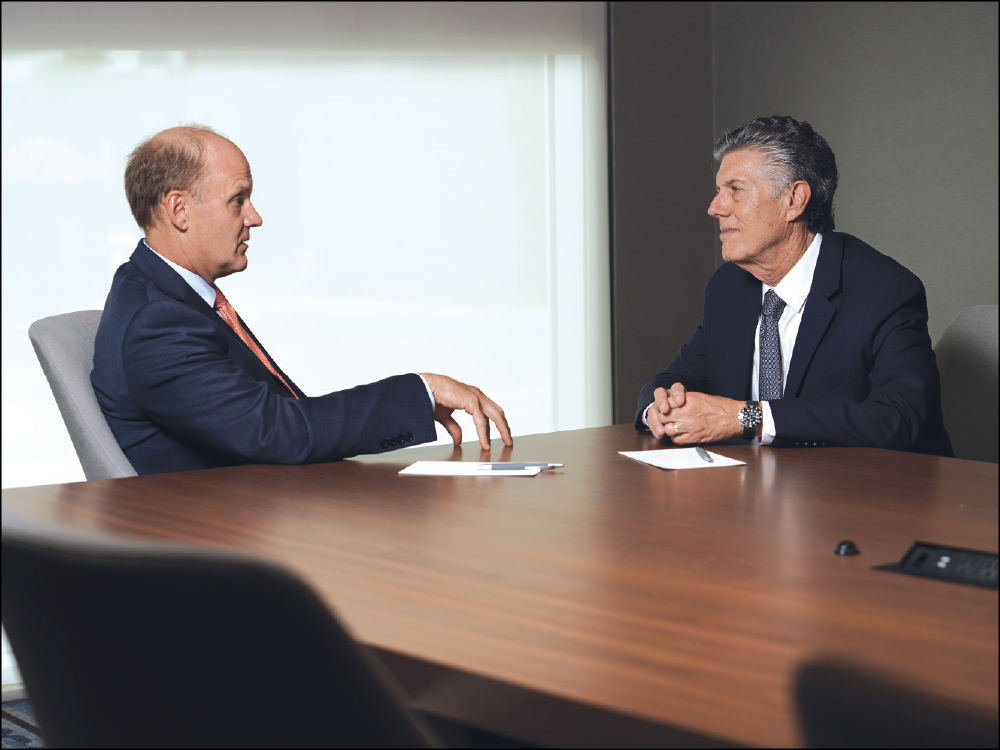
Dr. Resnik with Dr. Neil Park, vice president of clinical affairs at Glidewell.
NP: And what do you think the future holds for the Misch-Resnik Institute?
RR: I think it’s going to be unbelievable. Not only is the institute becoming more and more popular, but we also make sure to learn something from every session that we hold — that’s why I update the course materials after the completion of each session. I always push myself, the faculty and all our exhibitors to continuously do better. So, I think the sky’s the limit.
NP: I absolutely agree. Thank you for all the contributions you’ve made to dentistry over the last 30-plus years.
RR: Thank you, Neil.

